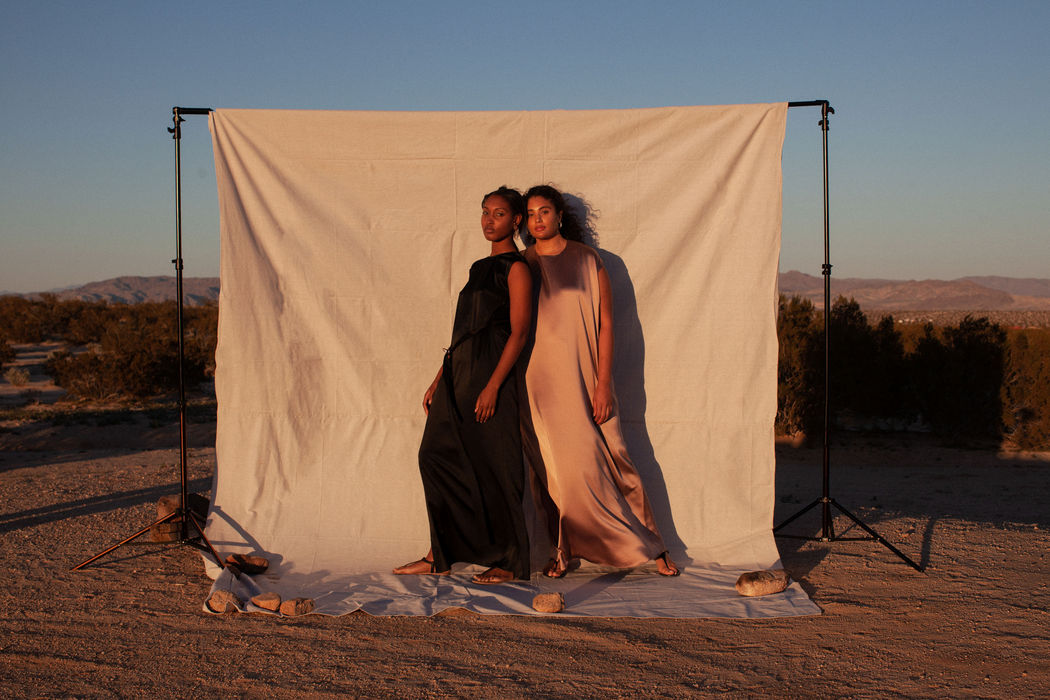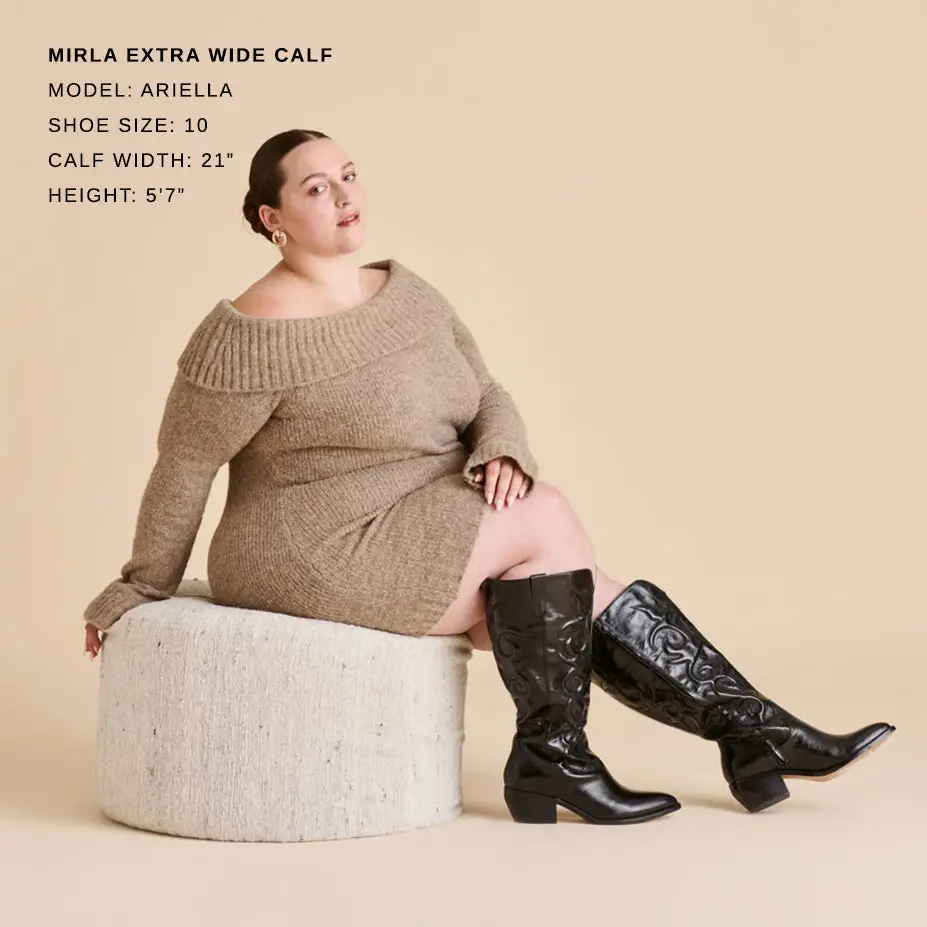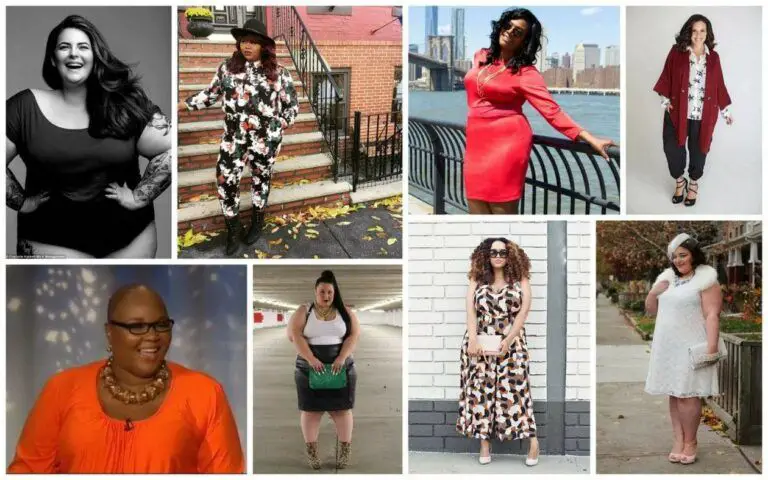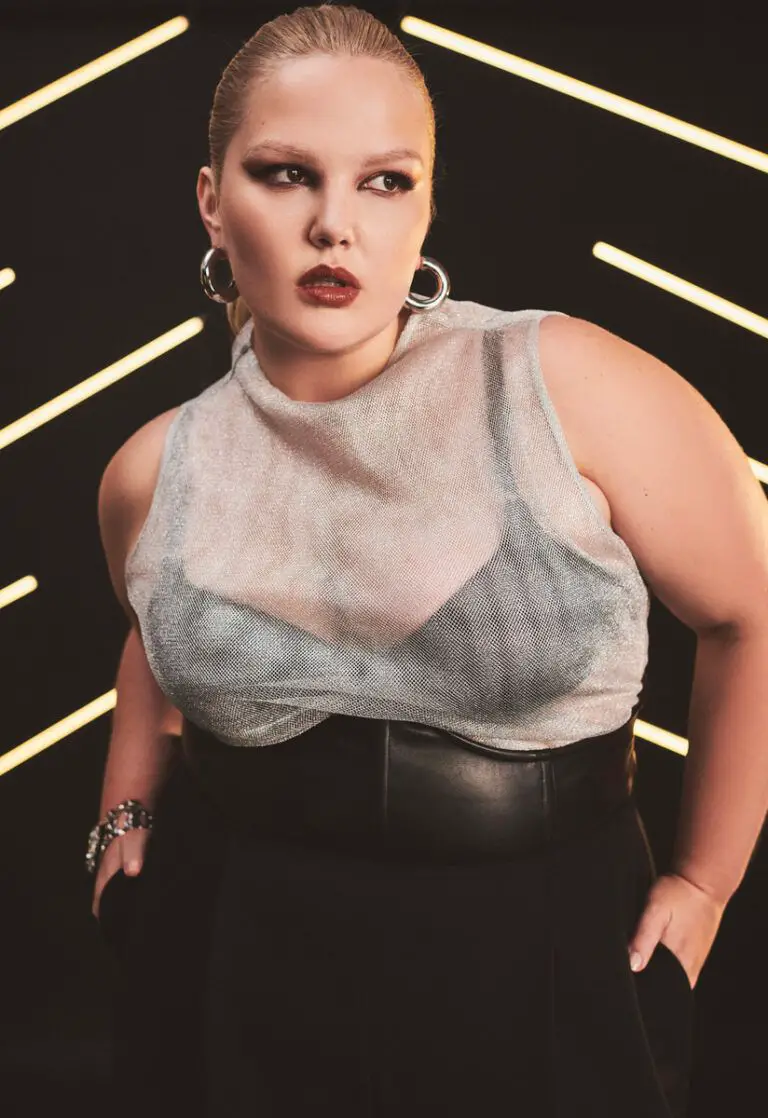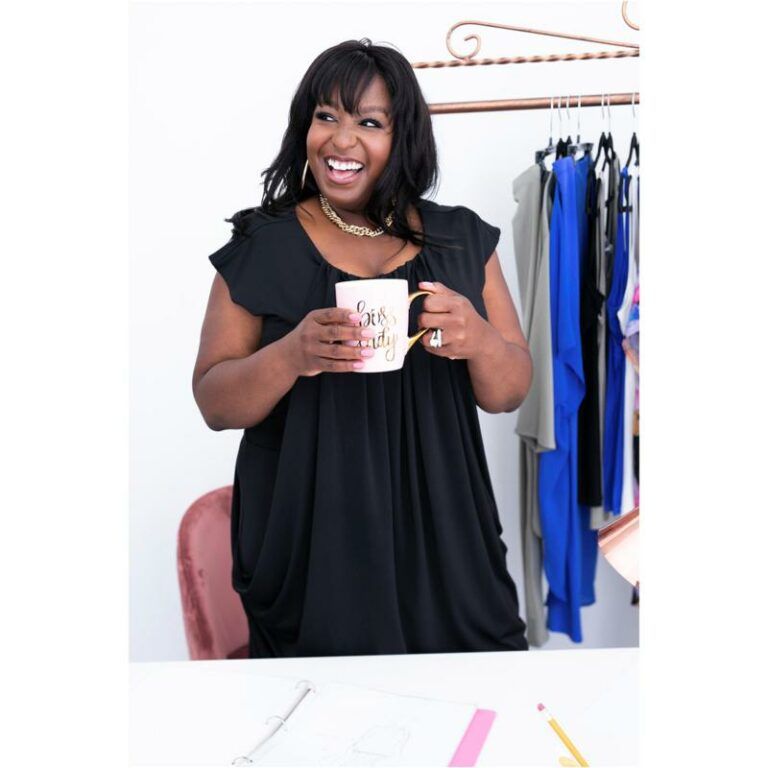Let’s start with the truth: fashion has long been complicit in reinforcing the “ideal body.” For over a century, thinness has been styled as status, exclusion framed as aspiration, and larger bodies kept firmly on the margins of the mainstream.
But that story has been challenged and for the past 16 years, The Curvy Fashionista has been right at the heart of that disruption. Inclusive fashion has always been at the core of our mission, not just as a buzzword, but as a commitment to reshaping the industry from the inside out.
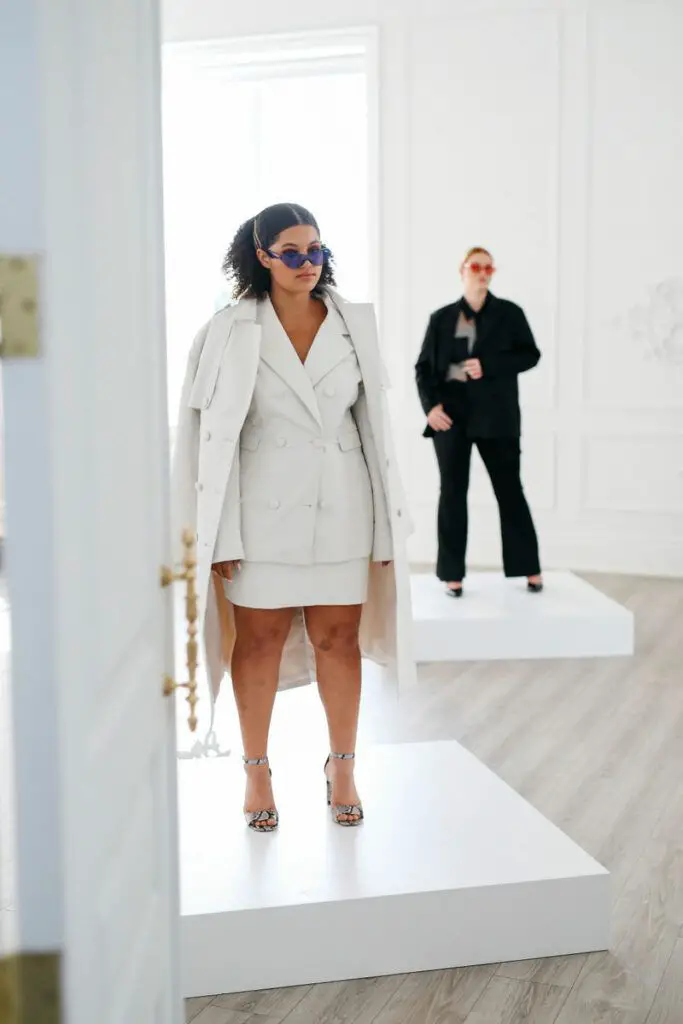
Since 2008, we’ve been advocating for a more inclusive, equitable, and joyful fashion landscape. Not just calling for bigger sizes, but for better design. Not just token representation, but systemic change. We’ve spotlighted plus size indie designers making magic with extended sizing when the industry wouldn’t listen. We’ve platformed the voices of fat models, creators, and shoppers who were building community in the absence of corporate support. And we’ve held the industry accountable… because inclusivity is not a moment, it’s a mandate.
So, what’s changed?
In 2025, plus size fashion is still growing, but mostly online, in fragmented corners, far from the glossy runways or in-store shelves of luxury fashion. Yes, we’ve seen capsule collections, more plus models in campaigns, and a noticeable shift in digital visibility. The Ozempic Era has tried to shrink bodies back into “acceptable” norms, but it hasn’t erased the demand. If anything, the pressure to disappear has only made the resistance louder.
Sizeism hasn’t gone away. Bias still runs deep… from designers to retailers to editorial gatekeepers. And yet, plus size fashion continues to thrive in spite of it all. The consumer base is too powerful to ignore. The talent is too undeniable. And the culture? It’s been shifting because we, the bloggers, creators, community leaders, shoppers, refused to be left out.
So no, inclusive fashion is not a trend. It’s a revolution.
Let’s get into the 10 ways Inclusive Fashion Changing Everything:
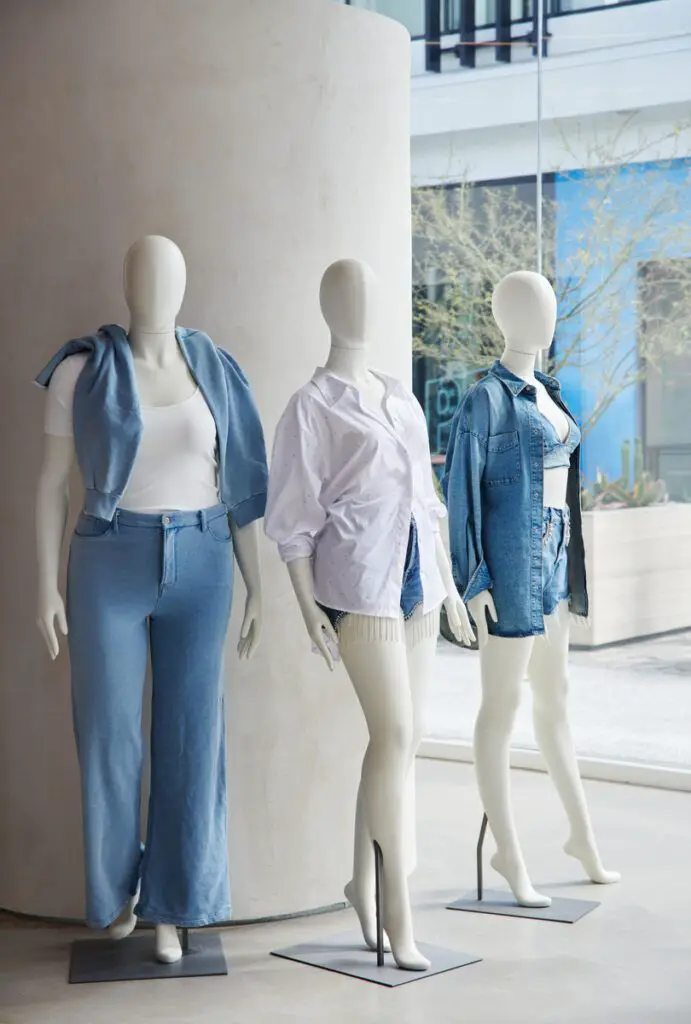
1. The Runway is Learning to Listen
Every time a plus model steps onto a runway, it shakes up an old system. For decades, runway samples were cut in one size (hello, 0-2) and every model had to squeeze into that. But when designers cast visibly plus bodies, they have to make new samples. And that, friends, is where structural change begins.
Sure, the numbers still aren’t where they should be. In the Spring/Summer 2025 season, only 0.8% of looks were plus size. But compared to seasons past, that’s still hundreds more bodies being seen. It’s not enough, but it’s something. And that visibility? It tells our community: we exist, we belong, we deserve.
2. Adaptive Fashion is Quietly Reshaping the Rules
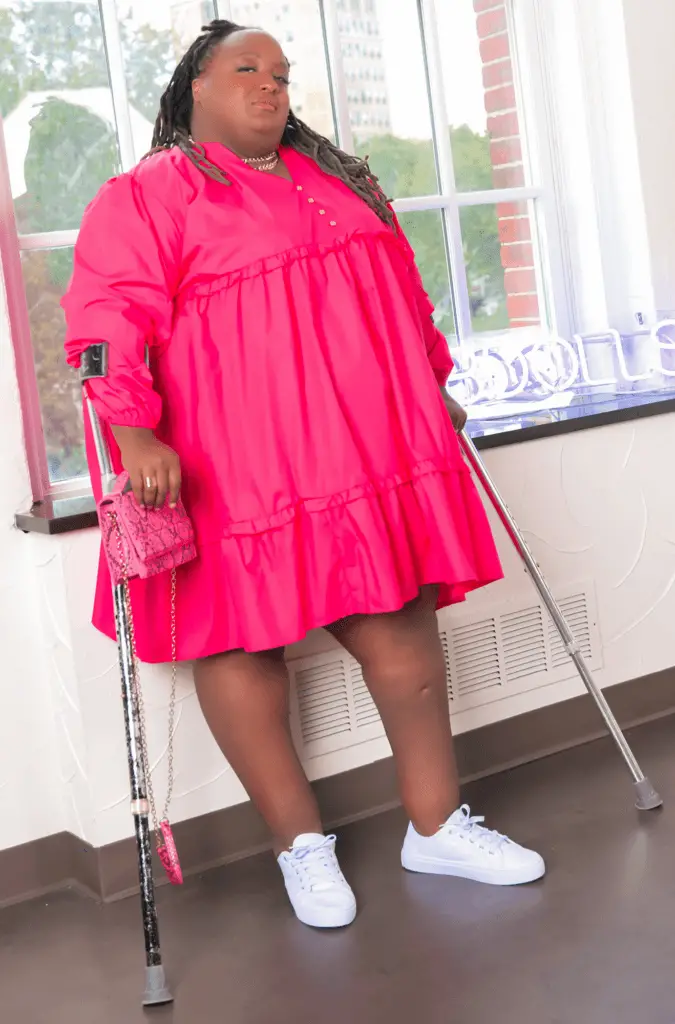
Adaptive fashion isn’t new, but it’s finally being taken seriously by major brands. And here’s the thing, what helps one community often helps others. Adaptive fashion has normalized things like magnetic closures, adjustable fits, and inclusive design principles. And for plus size shoppers? That means more comfort, more flexibility, and more innovation.
The adaptive clothing market is projected to hit $32 billion by 2032. That’s not niche. That’s proof that inclusive design has commercial value and staying power.
3. Extended Sizing is Moving from Fringe to Force
We’re still side-eyeing brands that stop at XL and call it inclusive, but let’s give credit where it’s due. More indie labels and digital-first brands are launching with 3X as the starting point. They’re building with the plus customer in mind from the beginning, not as an afterthought.
The global plus size women’s fashion market is projected to hit $532 billion by 2034. The money is there. The demand is loud. And the opportunity? Massive. We’re seeing brands finally do the math.
4. Genderless Fashion is Breaking the Mold
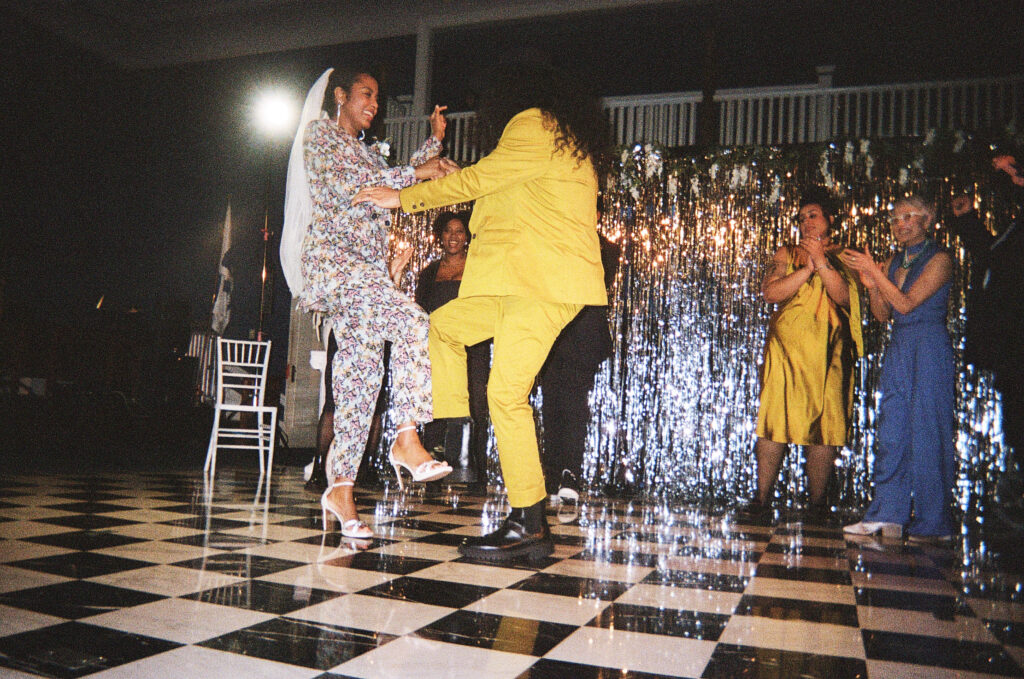
Gender-neutral fashion is helping everyone color outside the lines. For our nonbinary, genderfluid, and queer community members, traditional sizing has always been restrictive. Now, more brands are dropping gendered fits altogether and going for body-first silhouettes.
When 56% of Gen Z prefers gender-neutral fashion, it means inclusive cuts are no longer radical… they’re smart business. And when those collections include extended sizing? Game-changing.
5. Cultural Representation is Expanding Style Codes
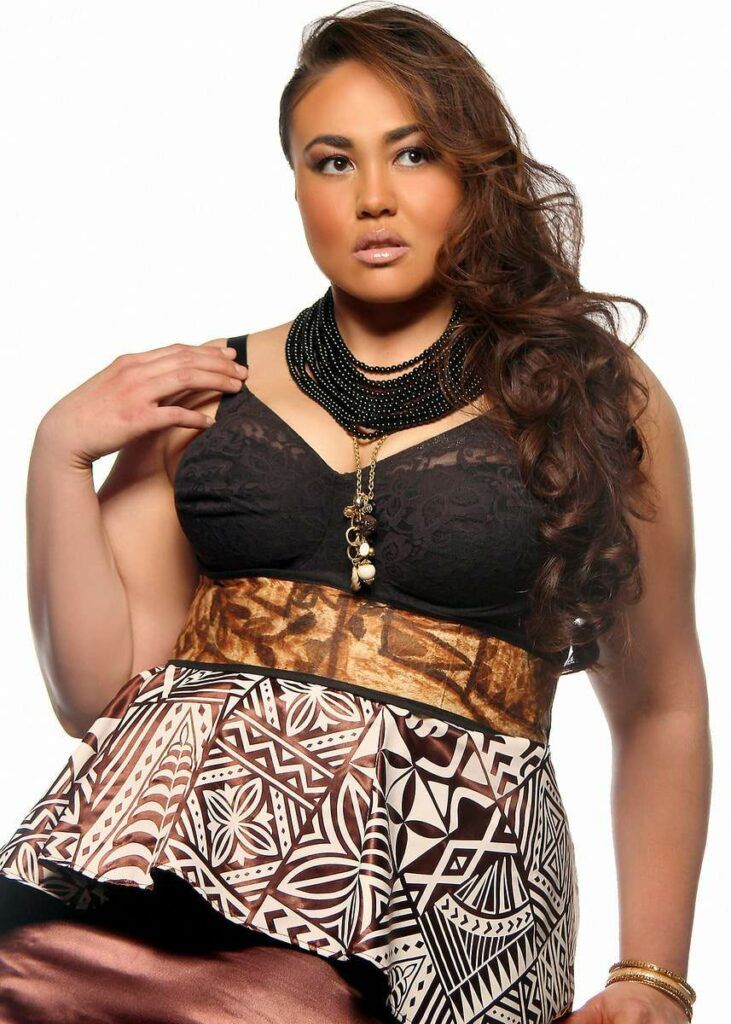
Modest fashion. Afrocentric fashion. South Asian bridal wear. These styles aren’t just having moments, they’re redefining mainstream fashion from the margins. And for plus size folks in these communities? It means finally seeing style that honors both culture and curve.
When Halima Aden walked for Tommy Hilfiger in hijab, it didn’t just make headlines. It made room. It said: your faith, your body, your culture all belongs in fashion.
6. The Power of Our Wallets is Loud and Clear
Let’s be real. Brands listen to money. And the plus size customer? We spend. Brands that do inclusivity right, with consistent sizing, real representation, and great fit, earn fierce loyalty. And word travels.
According to Vogue Business, inconsistent sizing is one of the top reasons customers abandon their carts. When plus shoppers find a brand that fits, we show up, shop big, and bring our friends. That’s real influence.
7. Tech is Finally Working in Our Favor
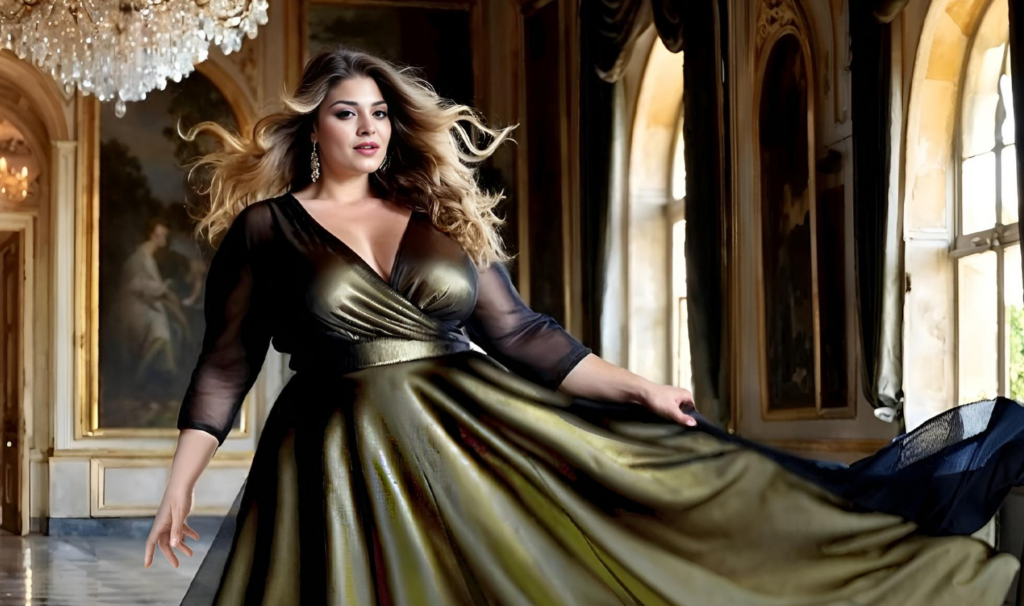
From AI fit tools to 3D body scans, fashion tech is becoming more than a gimmick. It’s helping brands serve actual bodies! And for us plus shoppers, that means fewer returns, better fit predictions, and a whole lot less dressing room trauma.
Brands like Laws of Motion are rewriting the rules with data-driven sizing that adjusts to your body, not the other way around. That’s the future we’re here for.
8. Diverse Leadership is Changing the Blueprint
Inclusion isn’t just about who walks the runway. It’s about who makes the decisions behind it. When plus folks, people of color, disabled creatives, and queer leaders are at the table, the results are different, more thoughtful, more representative, more real.
Only 9% of UK fashion execs are people of color. That’s not enough. But the push for change is gaining traction. Because when leadership shifts, the whole system starts to.
9. Sustainability is Starting to Include Us, Too
There was a time when sustainable fashion only came in two sizes: tiny and tinier. That’s changing. Ethical brands are learning that being planet-friendly and size-inclusive go hand in hand.
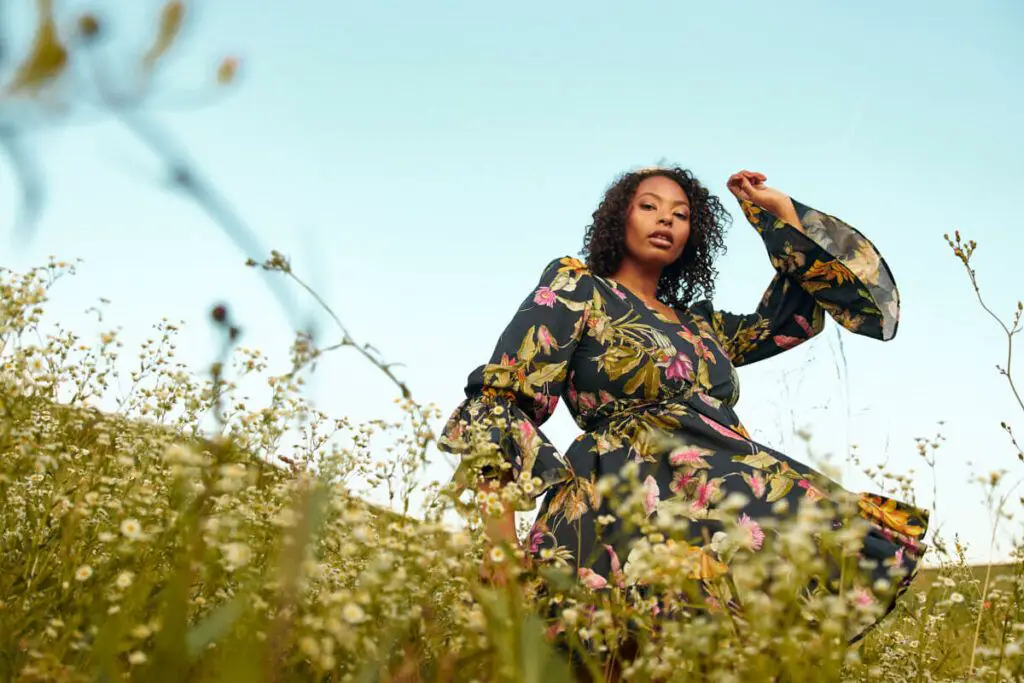
As slow fashion expands, we’re seeing more designers offer up to 5X, embrace adjustable sizing, and create garments meant to last in plus bodies. Inclusion is sustainable by design, because when clothes fit, they don’t end up in landfills.
10. Design Education is Catching Up
For years, design schools trained students on one kind of body: slim, sample-size, and straight-lined. But that’s beginning to change. More fashion programs are testing out size-inclusive design electives, with some incorporating plus bodies into their core curriculum.
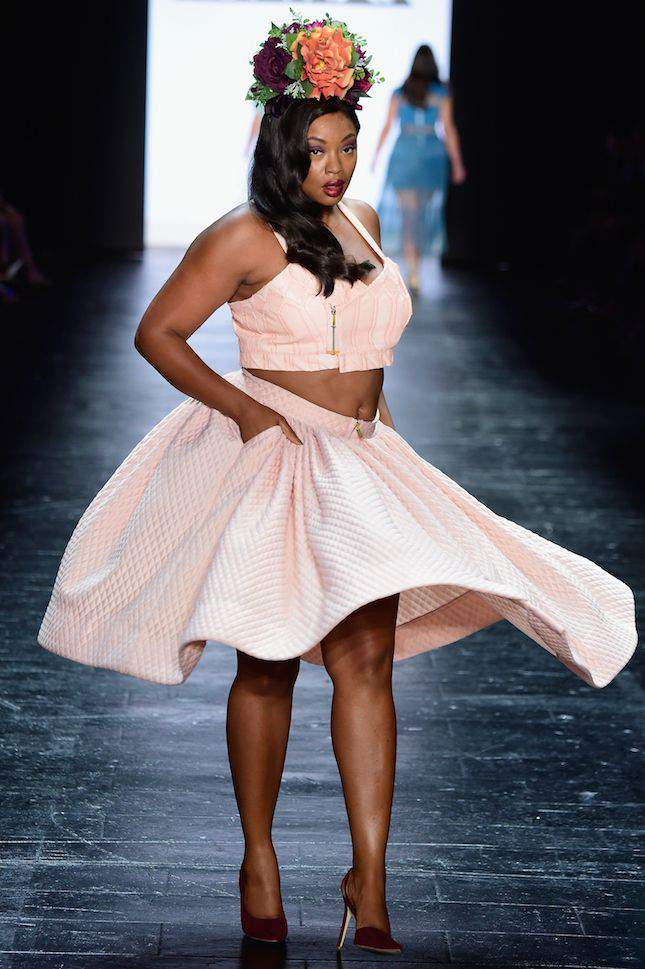
While there’s still no official degree in plus size design (yet!), we’re seeing a shift in what students are being taught to create. Shows like Project Runway have evolved too… what was once a “plus size challenge” is now just the model lineup. That normalization is critical. Because when future designers are trained to design for all bodies from day one, inclusion stops being the exception. It becomes the expectation.
The Changes You Are Feeling? Is Real
Progress? It’s happening. Perfect? Not even close. But the wins are adding up. The pressure is mounting. And the voices of plus size shoppers, designers, and creatives are louder than ever.
We’re not here to beg for scraps. We’re building a fashion future that includes us from day one. Because when inclusive fashion thrives, so does our community.
And that, my friends, is the power of showing up… loud, proud, and unapologetically plus.

